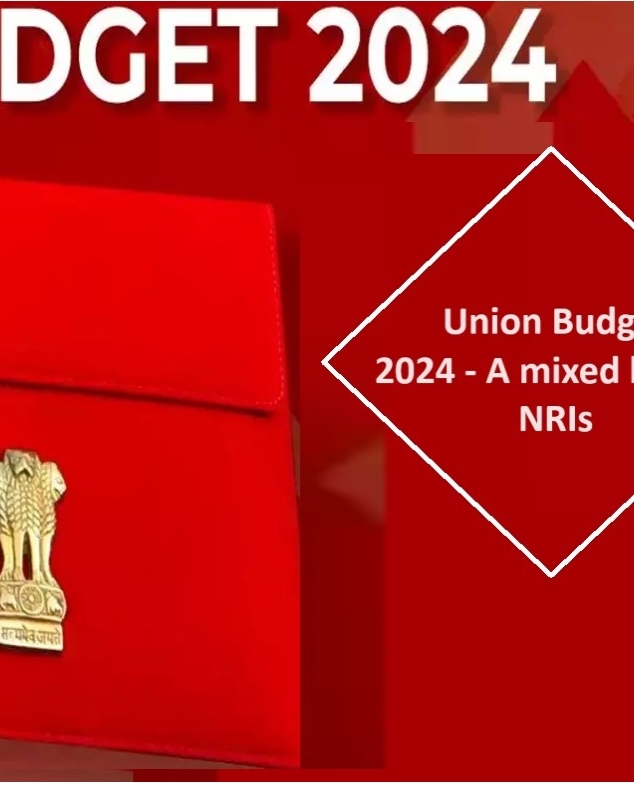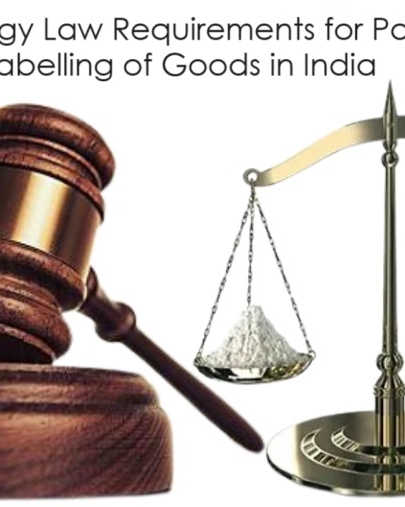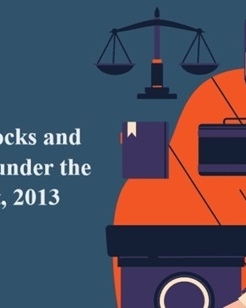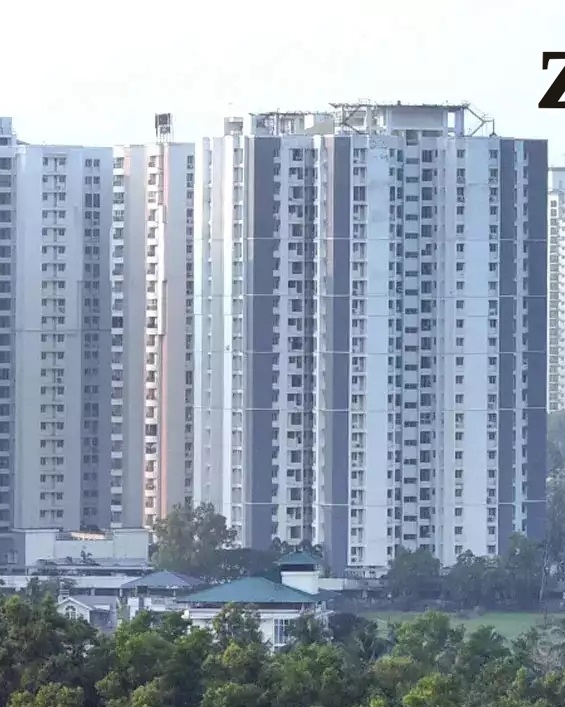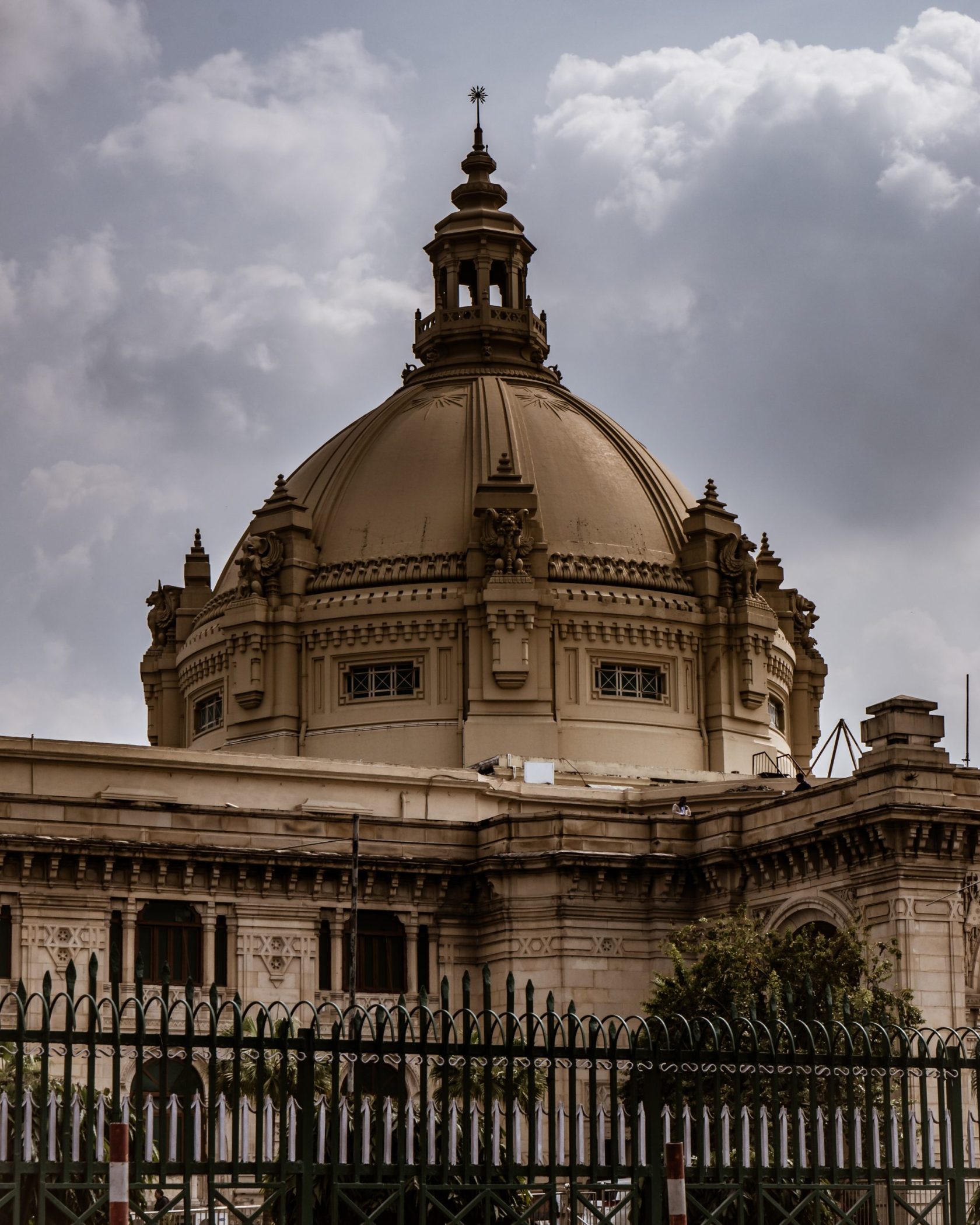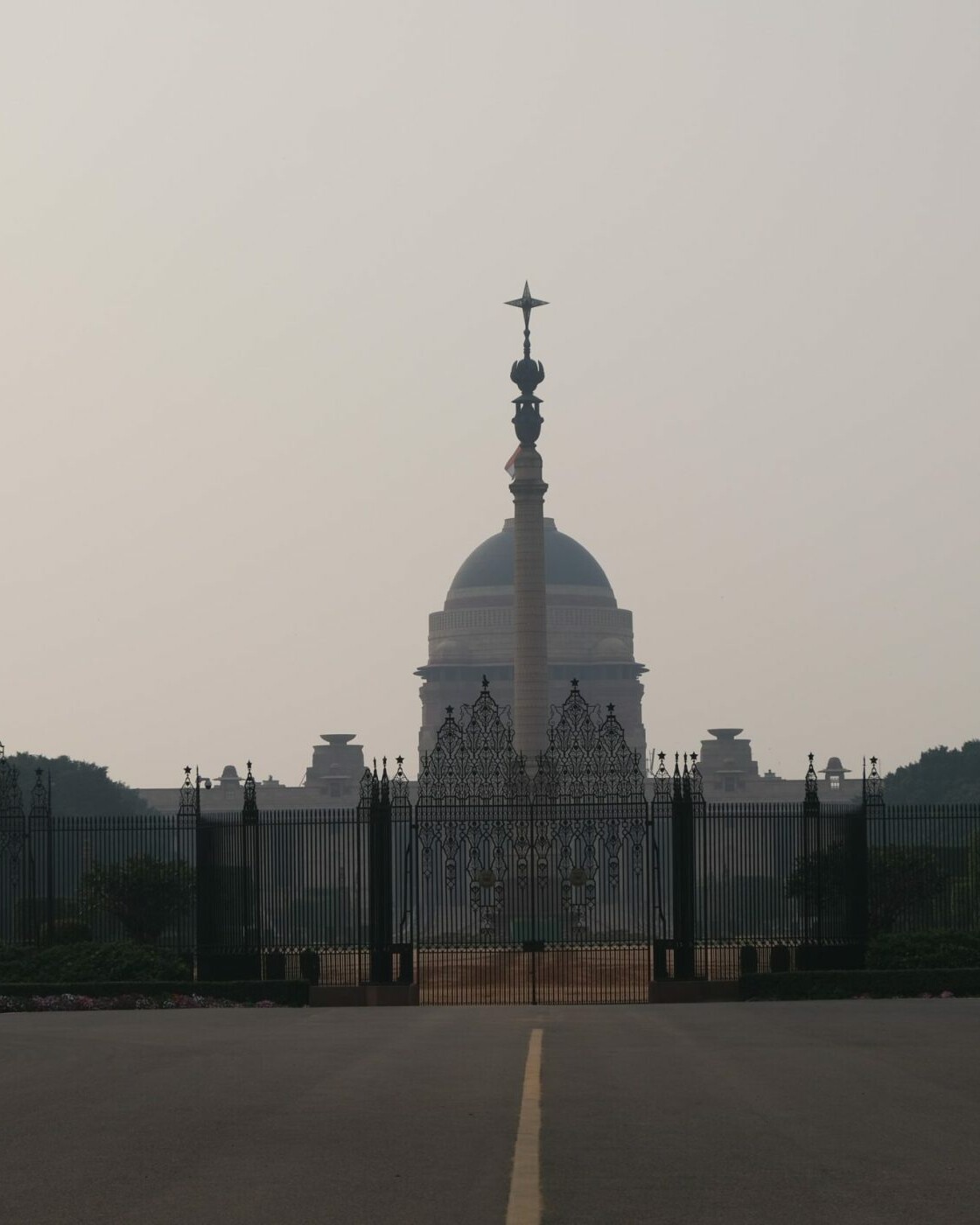| Circle rate Waiver of 20% not enough to boost property sales in Delhi; stamp duty cut need of the hour, say experts |
| After Maharashtra government decided to offer a seven-month stamp duty waiver, 19,600 properties were registered in MMR in December 2020; 10,442 in January 2021 when stamp duty was at the rate of 3% and 17,091 until March 31, 2021. Delhi has not witnessed such a trend Source: Circle Rate Waiver Of 20% Not Enough To Boost Property Sales In Delhi; Stamp Duty Cut Need Of The Hour, Say Experts (moneycontrol.com) The Delhi government on February 5 decided to reduce the circle rates for residential, commercial and industrial property in the city by 20 percent flat until September 30, 2021. In the backdrop of the deadline ending today and reports that the government may extend the waiver until December 31, here’s a look at whether the benefit actually led to an increase in property transactions, especially in Grade A micro-markets, where there is a circle rate and market rate mismatch. The aim of reducing circle rates in the Capital, much like in the case of the Maharashtra government, was to boost real estate sales after the adverse impact of the first wave of COVID-19. The difference was that the Maharashtra government on August 26, 2020, decided to temporarily reduce stamp duty on housing units from 5% to 2% percent until December 31, 2020, to boost the stagnant real estate market, hit doubly hard by COVID-19. The stamp duty from January 1, 2021, until March 31, 2021, was to be 3 percent. According to data available on the website of the department of registration and stamps, 19,600 properties were registered in the Mumbai Metropolitan Region in December 2020; the number touched 10,442 in January when stamp duty was 3%; In February, 10,198 properties were registered and in the following month the number of transactions rose to 17,091. In contrast, the Delhi numbers appear to be disappointing, even if one were to bear in mind the fact that the number of housing units across categories in Mumbai is far greater than that in Delhi. In Golf Links, four properties were registered in the March-September 2019 period; in 2020 the number touched eight and in 2021, despite the waiver the number is back to four, according to Zapkey.com, which analysed registered data across some category A Delhi markets. In Jorbagh, where eight properties were registered in 2019, only three have been registered in 2021. In Sunder Nagar, while two properties were registered in 2019 and none in 2020, four properties have been registered in 2021. In the West End market, where three properties were registered in 2019 and two in 2020, five have been registered in 2021. The Vasant Vihar property market that saw 80 transactions registered in 2019, 44 in 2020 has seen 92 registrations in 2021 which again is a slight increase. In Shanti Niketan, 13 properties were registered in 2019, three in 2020 and 10 in 2021. In the Chattarpur area famous for its farmhouses, 42 properties were registered in 2019, 47 in 2020 soon after the first wave of COVID-19 and only 21 in 2021, according to data provided by Zapkey.com. In the New Friends Colony area, 25 properties were registered in 2019, 14 in 2020 and 25 in 2021. COVID impact The bigger impact of the Delhi government’s move to reduce circle rates was meant to be felt on the category A property markets which had been struggling. These included New Friends Colony, Maharani Bagh, Vasant Vihar and Panchsheel Park, where transactions had slowed down with the actual market rate being significantly lower than the circle rates. The cut in circle rates was meant to benefit them by bringing the rates closer to the market rates and accelerating property transactions. But that did not happen because the second wave of COVID-19 started in April 2021. “Due to the severe second wave of the pandemic and lockdowns, more than three months were lost. The real estate transactions cycle is typically five-six months from start to close, and the benefit of reduced circle rates was lost to Delhi citizens as they were locked into their homes until July. Two months are in no way enough to close a deal worth more than Rs 50 crore” said Amit Goyal, chief executive officer at India Sotheby’s International Realty. “Besides, buyers need time to conduct due diligence on the property and send out public notices in newspapers. In many cases, no objection certificates have to come in from family members who may be residing abroad. Closing deals of this magnitude require a minimum window of up to eight to nine months,” he added. “Most deals that have been concluded in the last few months are those where discussions started before the pandemic. Similarly, some transactions on which negotiations may have begun two months ago may get concluded in the next few months. Therefore, circle rate rebate does not offer a practical solution for high value transactions.” Category A and B markets A blanket cut of 20% in circle rates may not be the best way to reset the property market, because Delhi is divided into eight categories. In category A localities like Maharani Bagh, New Friends Colony, Panchsheel Park and Vasant Vihar the market rates are still below circle rates, particularly for large size plots despite the 20 percent cut. And in category B micro markets like Defence Colony, Anand Lok, Neeti Bagh and Greater Kailash, to name a few, the actual market rates are much above circle rates, leaving room for cash transactions. The Delhi government, like the Maharashtra government, should consider lowering stamp duty across market categories. Not only will it help increase transactions, it will also encourage more cheque transactions, according to Goyal. Delhi would benefit tremendously by resetting circle rates and colony categorisation besides extending the 20 percent tax holiday to March 2022, and softening the stamp duty charges for a limited period like Maharashtra has done, he added. Sunil Tyagi, senior partner and co-founder of Zeus Law, agrees. Instead of circle rates, Delhi should consider reducing stamp duties on property transactions. Stamp duty is calculated on the sale consideration or the circle rate, whichever is higher. In case of Delhi, there are three types of markets. The first is where the sale consideration is higher than circle rate. To cite an example, if the circle rate is Rs 100 and the sale consideration is Rs 120, then the stamp duty will have to be paid on Rs 120 which means that there may not be any benefit. Thus, even if circle rate is reduced in these cases, there will be no benefit to the buyer of the property. The second scenario is that of circle rate and the sale consideration being the same. In this case, even if the circle rates were reduced the sale consideration would remain the same and therefore the buyer may not stand to gain. The third instance is that of circle rate being higher than the sale consideration wherein the buyer gets to pay a higher stamp duty. There are also tax implications both for the buyerand the seller. The latter may have to end up paying capital gains tax in the event of the circle rates getting reduced. “While the news that the government is considering extending the circle rate waiver until December 2021 is positive, it should have instead thought of reducing the stamp duty rates. Stamp duty benefits, as has been proven in case of Maharashtra, percolate to everyone and leads to spurt in sales which did not happen in case of Delhi,” Tyagi added. What are circle rates and stamp duty rates? In Delhi, stamp duty varies between 4 percent and 6 percent of the transaction value, while the registration fee is 1 percent of the transaction value. Circle rate, or a ready reckoner rate, is the minimum price at which the property sale is registered. This rate is determined by the state government and is generally reviewed to ensure that they are in line with the market rate. In the event of a property being bought or sold, the stamp duty and the registration charges are calculated on the basis of the circle rate or the actual value of the property, whichever is higher. In Delhi, stamp duty varies between 4 percent and 6 percent of the transaction value, while the registration fee is 1 percent of the transaction value. It is 6 percent if purchasers are men and 4 percent for women buyers. To cite a simple example, if the size of a plot is 300 sq yards and the circle rate of an area is Rs 10,000 per sq yard and the stamp duty is 6 percent, the stamp duty will be Rs 1,8 lakh. Rs 30 lakh is the value of the land and 6 percent is Rs 1.8 lakh but there is a reduction if the circle rate come down to Rs 8,000 per sq yard. Valuation on the basis of the circle rate will be Rs 24 lakh, not Rs 30 lakh and on that the stamp duty payment will be Rs 1.44 lakh. |







